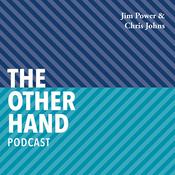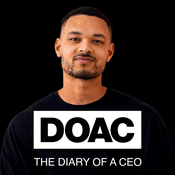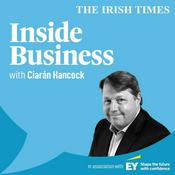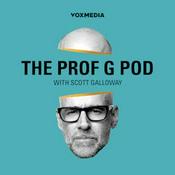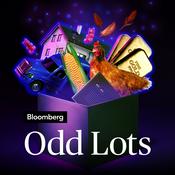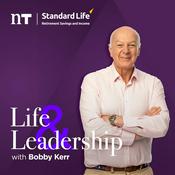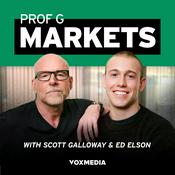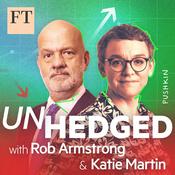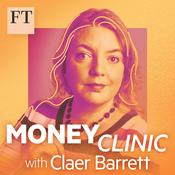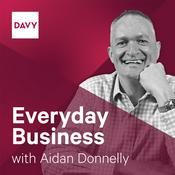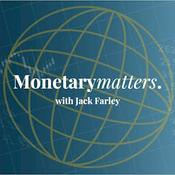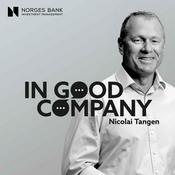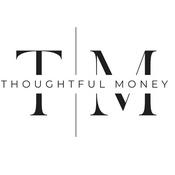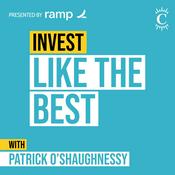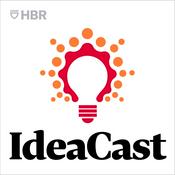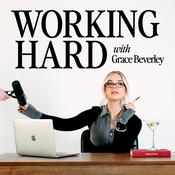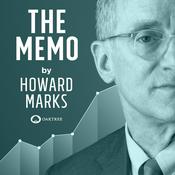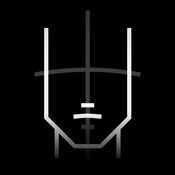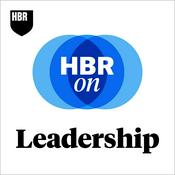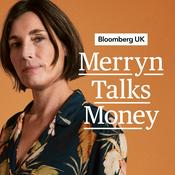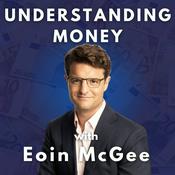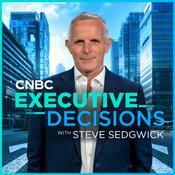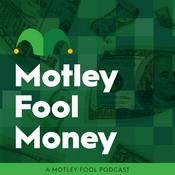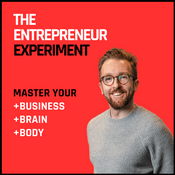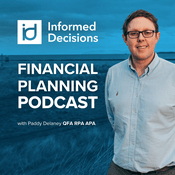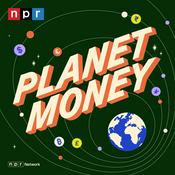25 episodes
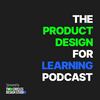
Ep. 25 Education and the 'rebirth' of Learning (the unintentional Xmas episode)
03/12/2025 | 1h 18 mins.
In this conversation, Greg Arthur and Nick Shackleton Jones explore the critical distinctions between education and learning, emphasizing the need for experience design in learning environments. They discuss the influence of social media on learning and development, the challenges posed by traditional learning models, and the importance of context in creating effective learning experiences. The conversation highlights the disconnect between theory and practice in learning, the rituals that often hinder progress, and the necessity for organizations to embrace real learning experiences over superficial metrics. In this conversation, Greg Arthur and Nick explore the evolving landscape of Learning and Development (L&D), discussing the moral dilemmas faced by professionals in the field, the impact of AI on education, and the importance of performance support and experience design. They delve into the challenges of leadership, the disillusionment many feel within the industry, and the need for a shift towards more meaningful learning experiences. The discussion highlights the reactive nature of the industry, the role of compliance, and the future of learning management systems, ultimately emphasizing the necessity of swimming against the tide to create impactful learning environments.TitlesRethinking Education and LearningThe Influence of Social Media on LearningSound bites"Why don't people change?""It's a moral dilemma in L&D.""Do I want to step out of line?"Chapters00:00 Education vs. Learning: A Fundamental Distinction05:47 Conformity and Resistance to Change in Learning11:19 Experience Design: Lessons from Other Industries17:13 Transformative Experiences: The Power of Small Interactions27:57 The Disconnect in Job Advertisements32:47 Adapting 5DI for Real-World Applications39:38 The Metrics of Success in Learning50:06 The Birth of Learning Design55:33 Revolutionizing Training for New Consultants01:00:37 The Role of Learning Management Systems (LMS) and Experience Platforms (LXP)01:06:49 The Evolution of Wearable Technology and User Experience01:16:13 Swimming Against the Tide: The Role of Learning in GrowthKeywordseducation, learning, experience design, social media, learning development, instructional design, performance support, data-driven learning, organizational change, engagement, Learning and Development, AI in Education, Performance Support, Experience Design, Leadership, Compliance, Future of Learning, Technology in Learning, Social Impact of AI, Career Choices in L&DTakeawaysEducation and learning are fundamentally different concepts.Social media influences the way learning and development discussions occur.Traditional learning models often fail to engage learners effectively.Experience design is crucial for creating impactful learning experiences.Contextual understanding is essential for effective learning.Small details in experience design can lead to significant learning outcomes.There is often a disconnect between learning theory and practical application.Organizations may adopt new language without changing underlying practices.Real learning experiences are often neglected in favor of traditional methods.Data-driven approaches in learning can sometimes lead to superficial metrics. It's a moral dilemma in L&D to choose between compliance and making a difference.Career choices in L&D often lead to a personal decision about impact.There's a dichotomy in available roles in the learning industry.AI is set to hollow out traditional education roles.Performance support is a key area where human input is

Ep. 24 Why I'm leaving Learning.......(for now)
19/11/2025 | 59 mins.
SummaryThe conversation explores the significant changes occurring in the industry, focusing on the relevance of skills, the importance of positioning, and the need for professionals to adapt to stay competitive. It highlights the varying responses individuals have to these changes, from actively engaging to feeling left behind.TakeawaysOur industry is undergoing significant transformation.The relevance of existing skills is in question.Many professionals feel unprepared for these changes.Positioning in the market is often neglected.Adapting to new skills is essential for success.There is a disparity in how individuals respond to change.Some are actively pursuing new opportunities, while others are passive.Professional development must be prioritized.Understanding market dynamics is crucial for career growth.Engagement with industry changes is necessary for relevance.TitlesNavigating the Shifting Landscape of Our IndustryThe Relevance of Skills in a Changing WorldSound bites"Chasing the bus is not enough anymore""We need to adapt to stay relevant""Understanding market perception is key"Chapters00:00 Introduction to the Conversation00:27 The State of Learning and Development (L&D)Keywordsindustry change, skills relevance, market positioning, professional development, career adaptation

Ep.23 FINALLY, a refreshingly honest conversation about AI.
22/10/2025 | 1h 1 mins.
In this conversation, Adam Harwood discusses the integration of AI in talent development and the importance of knowledge sharing within organizations. He emphasizes the need for curiosity and experimentation with AI tools, sharing personal experiences from workshops and internal sessions. The dialogue explores user stories, real-world applications, and the future of AI in HR, highlighting the significance of creating a culture that encourages exploration and collaboration.TakeawaysAI is a tool that can enhance talent development.Knowledge sharing is crucial for effective AI integration.Curiosity and experimentation are key to leveraging AI.User stories help illustrate practical applications of AI.Creating a culture of experimentation fosters innovation.It's important to start with real problems when using AI.Don't hesitate to share failures; they can be learning opportunities.Mixing different AI tools can optimize processes.Engaging in dialogue about AI can spark new ideas.The future of work will require continuous learning and adaptation.TitlesUnlocking AI's Potential in Talent DevelopmentNavigating the AI Landscape in the WorkplaceSound bites"You can't spell AI without HR.""AI can help solve real problems.""Don't rely on one tool, mix it up."Chapters00:00 Introduction to Adam Harwood and Genomics02:52 Exploring AI in Talent Development08:42 Understanding AI Fundamentals and Learning14:26 Knowledge Sharing and Internal Sessions20:19 User Stories and Practical Applications of AI22:19 Exploring AI Tools: A Hands-On Approach24:06 Real-World Applications of AI in Engineering26:01 Identifying Real Problems for AI Solutions27:28 The Impact of AI on HR Processes29:11 User Stories: Individual Experiences with AI31:36 Creating a Culture of Sharing and Experimentation34:06 Navigating Permission and Social Acceptance of AI38:09 Encouraging Experimentation and Curiosity with AI41:23 Identifying Problems to Apply AI Solutions42:35 Fostering Team Collaboration and Sharing Ideas44:59 Embracing Experimentation and Learning from Failure47:53 The Simplicity of AI Interfaces and Accessibility49:53 Building an AI Tech Stack and Continuous Learning52:46 Exploring AI Use Cases and Industry Trends55:11 The Future of Work and AI's Impact on JobsKeywordsAI, Talent Development, Knowledge Sharing, User Stories, Workplace Innovation, Learning and Development, AI Tools, Human-Centered Design, Future of Work, Experimentation

Ep. 22. The Learning Network; nice people doing great things in L&D
25/9/2025 | 38 mins.
The Product Design for Learning Podcast - sponsored by Two Circles Design Studio. Learning Network discount code for CONNECT, is: twocircles10 TakeawaysThe Learning Network fosters a sense of belonging among its members.Community is built on trust and openness, allowing for safe discussions.Members range from newcomers to seasoned professionals, creating a diverse environment.The network provides opportunities for mentorship and professional growth.Success is measured qualitatively through member feedback and engagement.AI is a hot topic among members, with mixed feelings about its impact.The network evolves naturally with each new board, reflecting member needs.Events like Tea and Talk encourage informal networking and sharing.The Connect event focuses on the intersection of technology and humanity.The human element remains crucial in the face of technological advancements.SummaryIn this episode of the Product Design for Learning podcast, Greg Arthur engages with members of the Learning Network to explore the significance of community in learning and development. The discussion highlights the importance of belonging, the impact of the network on its members, and the transition from being a member to a board member. The conversation also delves into how success is measured within the network, current trends such as AI, and the future of the Learning Network, culminating in an overview of the upcoming Connect event.Timestamp00:00:01TitlesBuilding Community in Learning and DevelopmentThe Power of Belonging in Professional NetworksSound bites"The Learning Network fosters a sense of belonging.""Community is built on trust and openness.""AI is a hot topic among members."Chapters00:00 Introduction to the Learning Network02:55 Understanding Community in Learning and Development05:44 Creating a Sense of Belonging08:25 Impact of the Learning Network11:34 Personal Growth and Opportunities14:19 Measuring Success in the Learning Network17:04 Current Trends and Concerns in L&D19:43 Innovation and Evolution in the Learning Network21:22 Innovation Through Community Engagement25:31 Exploring Learning Communities27:30 The Future of Learning Networks31:43 Connect Event Insights

Ep. 21 It's time for some real-talk on skills frameworks
02/9/2025 | 1h 1 mins.
Keywordsskills frameworks, performance improvement, learning and development, EdTech, agile learning, AI in education, stakeholder engagement, data analytics, organizational culture, continuous improvementSummaryIn this conversation, Greg Arthur and Phil Lord-David delve into the complexities of skills frameworks within the learning and development (L&D) sector. They discuss the importance of starting with business outcomes rather than merely mapping skills to roles, the pitfalls of traditional frameworks, and the need for agility and iteration in skills development. Phil emphasizes the significance of understanding the real problems within organizations and the role of technology, particularly AI, in enhancing skills frameworks. The discussion also touches on the cultural context of skills, the separation of skills from performance, and practical steps for building effective skills frameworks.TakeawaysStarting with the right questions is crucial for success.Focus on business outcomes rather than just skills mapping.Agility and iteration are key in skills development.Understand the real problems employees face.Technology should enable insight, not just track completions.Skills frameworks should evolve over time.Engage with senior leadership to align on goals.AI can help make skills development more manageable.Don't let perfection hinder progress.Start small and build momentum.TitlesRethinking Skills FrameworksThe Agility of Learning and DevelopmentSound bites"Start where it hurts.""Tech is to enable insight.""Don't go into analysis paralysis."Chapters00:00 Introduction to Skills Frameworks02:38 The Right Questions for Skills Frameworks05:32 Rethinking Frameworks: Beyond Monstrous Spreadsheets08:37 The Cost of Delay in Skills Development11:13 Identifying Key Skills: Where to Start14:13 The Relationship Between Skills and Performance16:58 Cultural Issues vs. Skills Issues20:02 The Role of Technology in Skills Development22:49 Iterative Approaches to Skills Frameworks25:54 Engaging Stakeholders in Skills Development28:36 Conclusion: Building a Dynamic Skills Framework31:16 Rethinking Skill Gaps and Business Outcomes33:35 The Role of AI in Skills Frameworks37:11 Essential Skills for Building a Skills Framework39:48 Navigating Resistance and Building Resilience43:44 Technology's Role in Learning and Development49:21 The Impact of AI on Skills Frameworks54:45 Actionable Advice for Implementing Skills Frameworks
More Business podcasts
Trending Business podcasts
About The Product Design for Learning Podcast
Listen to The Product Design for Learning Podcast, The Other Hand and many other podcasts from around the world with the radio.net app

Get the free radio.net app
- Stations and podcasts to bookmark
- Stream via Wi-Fi or Bluetooth
- Supports Carplay & Android Auto
- Many other app features
Get the free radio.net app
- Stations and podcasts to bookmark
- Stream via Wi-Fi or Bluetooth
- Supports Carplay & Android Auto
- Many other app features


The Product Design for Learning Podcast
download the app,
start listening.
